Country India | Largest city Language spoken State Mayor Bharat Shah | |
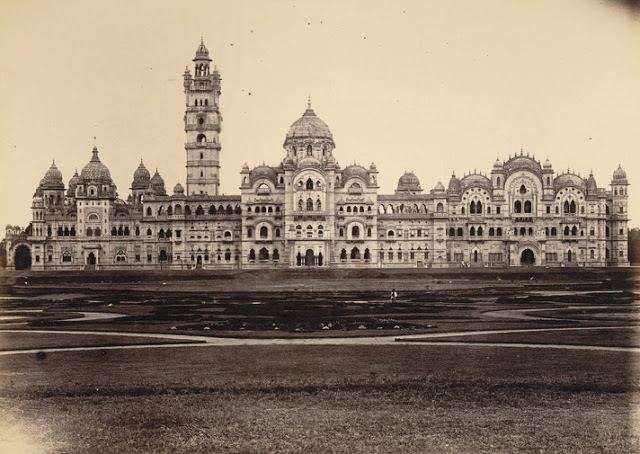 | ||
Points of interest Sayaji Baug, EME Temple, Nazarbaug Palace, Kirti Stambh Colleges and Universities Maharaja Sayajirao University of Baroda, Parul Institute of Engineering and Technology, KM Shah Dental College, Manubhai Patel Dental College, Faculty of Technology and Engineering - Maharaja Sayajirao University of Baroda | ||
Map of Vadodara
Vadodara ([ʋəˈɽod̪əɾa]; formerly known as Baroda), is the third largest city in the Western Indian State of Gujarat, after Ahmedabad and Surat. It is the administrative headquarters of Vadodara District and is located on the banks of the Vishwamitri river, southeast of Ahmedabad, 139 kilometres (86 mi) from the state capital Gandhinagar. The railway line and NH 8 that connect Delhi and Mumbai pass through Vadodara.
Contents
- Map of Vadodara
- Laxmi vilas palace historical places to visit in gujarat vadodara
- Best locations to buy homes in ncr vadodara mumbai and hyderabad
- History
- Etymology
- Old Ankotakka
- Recent history
- Geography
- Climate
- Economy
- Civic administration
- Transport
- Air
- Railway
- Road
- Demographics
- Culture
- Religions and festivals
- Art and architecture
- Sports
- Media
- Places of interest
- Notable citizens
- Vnm special taste of vadodara pariveshan a roof top restaurant 13 02 14
- Pani puri street food of vadodaragujaratindia wmv
- Rocky mayur savour gujarati cuisine in vadodara
- References
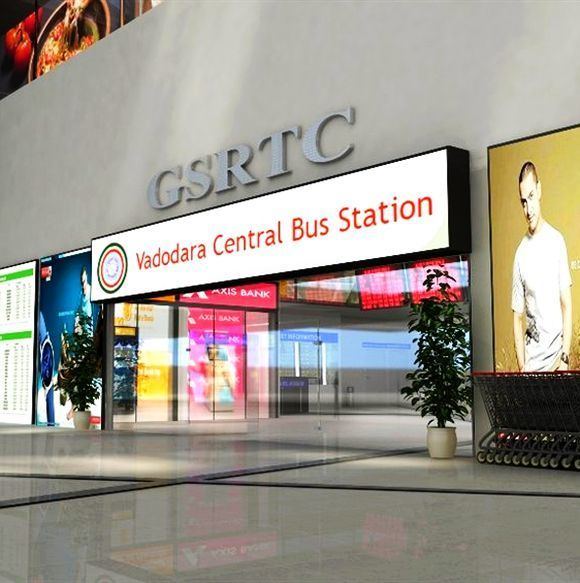
As of 2011, Vadodara had a population of almost 1.8 million+ people. The city is known for the Lakshmi Vilas Palace, the residence of Baroda State's Maratha royal family, the Gaekwads. It is also the home of the Maharaja Sayajirao University of Baroda, the largest university in Gujarat. An important industrial, cultural and educational hub of western India, the city houses several institutions of national and regional importance while its major industries include petrochemicals, engineering, chemicals, pharmaceuticals, plastics, IT and foreign exchange services.
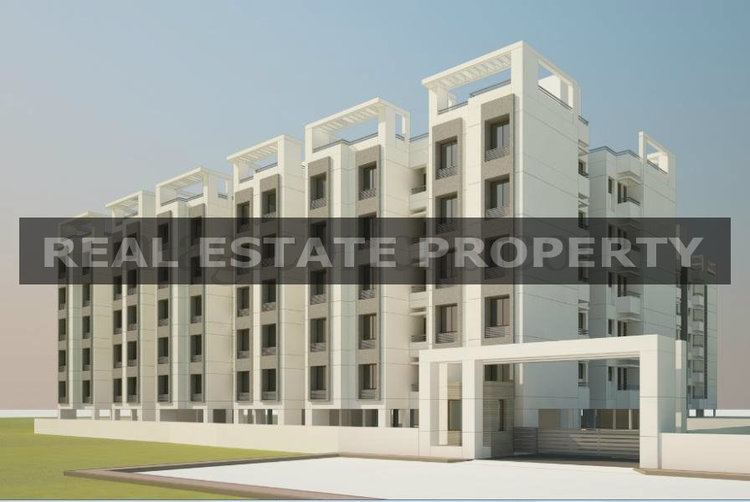
Laxmi vilas palace historical places to visit in gujarat vadodara
Best locations to buy homes in ncr vadodara mumbai and hyderabad
History
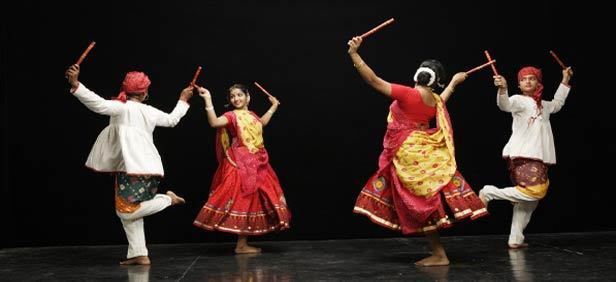
The first recorded history of the city is that of the early trader settlers who settled in the region in 812 AD. The province was mainly Hindu-dominated with Hindu kings ruling until 1297. The Gupta Empire was the first power in the region in the early years of the CE. Later, the region was taken over by the Chaulukya dynasty. By this time Muslim rule had spread across India, and the reins of power were then snatched by the Delhi Sultans. The city was ruled for a long time by these Sultans, until they were overthrown by the Mughals.
Etymology
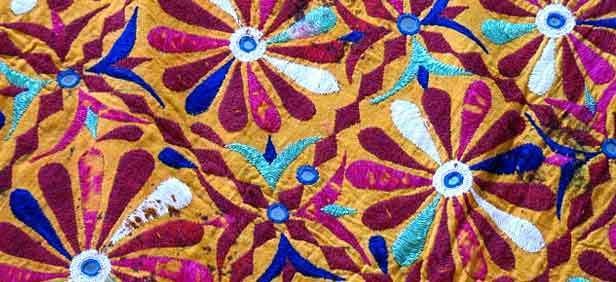
The city used to be called Chandanavati after its ruler Raja Chandan of the Dor tribe of Rajputs, who wrested it from the Jains. The capital was also known as Virakshetra or Viravati (Land of Warriors). Later on it was known as Vadpatraka or Vadodará, which according to tradition is a corrupt form of the Sanskrit word vatodar meaning in the belly of the Banyan tree. It is now almost impossible to ascertain when the various changes in the name were made; but early English travellers and merchants mention the town as Brodera, and it is from this that the name Baroda is derived. In 1974, the official name of the city was changed to Vadodara.
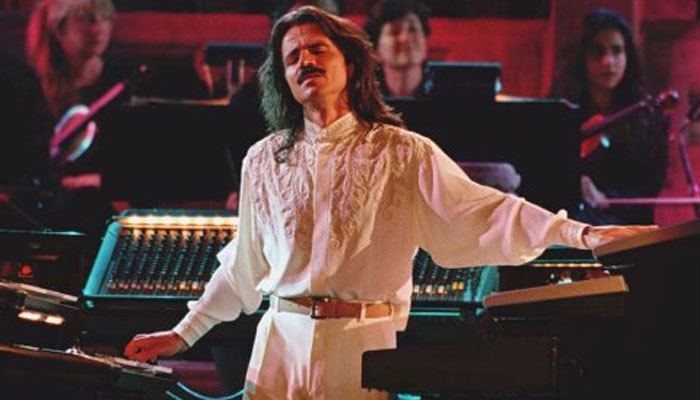
In 1907, a small village and township in Michigan, United States, were named after Baroda.
Old Ankotakka
It is believed that early man lived on the banks of the Mahi River, which formed the flood plain during that age. The movements of these hunter-gatherers, living on the banks of the river, grubbing the roots and killing animals with crude stone tools made out of the cobbles and pebbles available on the river bank, were necessarily controlled by the availability of convenient raw materials for their tools. There is evidence of the existence of early man in the Mahi River valley at a number of sites within 10 to 20 kilometres (6.2 to 12.4 mi) to the north-east of Vadodara. However, no evidence of the existence of these people is found in and around present day Vadodara. This may be because of the absence of gravels and cobbles on the banks of the Vishwamitri rivulet.
Recent history
Baroda State was a former Indian State. Vadodara's more recent history began when the Maratha general Pilaji Gaekwad conquered Songadh from the Mughals in 1726. Before the Gaekwads captured Baroda, it was ruled by the Babi Nawabs, who were the officers of the Mughal rulers. Most notably, from 1705–1716, Sardar Senapati Khanderao Dabhade led the Maratha Empire forces in Baroda. Except for a short period, Baroda continued to be in the reign of the Gaekwads from 1734 to 1948. Initially detailed to collect revenue on behalf of the Peshwa in Gujarat, Pilaji Gaekwad remained there to carve out a kingdom for himself. Damajirao, son and successor of Pilaji Gaekwad, defeated the Mughal armies and conquered Baroda in 1734. His successors consolidated their power over large tracts of Gujarat, becoming easily the most powerful rulers in the region. After the Maratha defeat in the Third Battle of Panipat in 1761, control of the empire by the Peshwas weakened as it became a loose confederacy, and the Gaekwad Maharajas ruled the kingdom until it acceded to Independent Republic of India in 1949. In 1802, the British intervened to defend a Maharaja that had recently inherited the throne from rival claimants, and Vadodara concluded a subsidiary alliance with the British that recognised the Kingdom as a Princely state and allowed the Maharajas of Baroda internal political sovereignty in return for recognising British 'Paramountcy', a form of suzerainty in which the control of the state's foreign affairs was completely surrendered.
The golden period in the Maratha rule of Vadodara started with the accession of Maharaja Sayajirao III in 1875.
Geography
Vadodara is located at 22.30°N 73.19°E / 22.30; 73.19 in western India at an elevation of 39 metres (128 ft). It is the 18th largest city in India with an area of 235 square kilometres (91 sq mi) and a population of 2.1 million according to the 2010–11 census. The city sits on the banks of the Vishwamitri River, in central Gujarat. The Vishwamitri frequently dries up in the summer, leaving only a small stream of water. The city is located on the fertile plain between the Mahi and Narmada Rivers. According to the Bureau of Indian Standards, the cosmopolis falls under seismic zone-III, in a scale of I to V (in order of increasing proneness to earthquakes).
Climate
Vadodara features a tropical savanna climate (Aw) under Köppen's Climate classification. There are three main seasons: Summer, Monsoon and Winter. Aside from the monsoon season, the climate is dry. The weather is hot during March to July, when average maximum is 40 °C (104 °F), and the average minimum is 23 °C (73 °F). From November to February, the average maximum temperature is 30 °C (86 °F), the average minimum is 15 °C (59 °F), and the climate is extremely dry. Cold northerly winds are responsible for a mild chill in January. The southwest monsoon brings a humid climate from mid-June to mid-September. The average rainfall is 93 cm (37 in), but infrequent heavy torrential rains cause the river to flood like the 2005 Gujarat flood or the 2008 Indian floods which were catastrophic.
The highest record temperature was 46.7 °C (116.1 °F) on 11 May 1960 crossed with 48.0 °C (118.4 °F) on 19 May 2016, while the lowest record temperature was −1.1 °C (30.0 °F) on 15 January 1935.
Economy
In Vadodara various large-scale industries such as Indian Oil Corporation(IOCL), Gujarat State Fertilizers & Chemicals (GSFC), Indian Petrochemicals Corporation Limited (IPCL, now owned by Reliance Industries Limited) and Gujarat Alkalies and Chemicals Limited (GACL) have come up in the vicinity of Gujarat Refinery and all of them are dependent on it for their fuel and feedstock. Other large-scale public sector units are Heavy Water Project, Gujarat Industries Power Company Limited (GIPCL), Oil and Natural Gas Corporation (ONGC) & Gas Authority of India Limited (GAIL). In addition to these public sector enterprises, a number of other large-scale enterprises have come up in the private sector such as Bombardier Transportation,
Located in Vadodara are over 35 % India's power transmission and distribution equipment manufacturers and an estimated 800 ancillaries supporting the big players in Power Sector equipment manufacturing and engineering industry.
In line with the 'Knowledge City' vision of the Confederation of Indian Industry, Vadodara is gradually becoming a hub in Gujarat for IT and other development projects.
Vadodara is also home to the Vadodara Stock Exchange (VSE).
Civic administration
Vadodara is administered by the Vadodara Mahanagar Seva Sadan (VMSS). Some of the regions surrounding the city are administered by the Vadodara Urban Development Authority (VUDA). The VMSS was established in July 1950 under the Bombay Provincial Corporation Act, 1949. For administrative purposes, the city is divided into four zones and 26 wards.
The two main institutions involved in planning and development in Vadodara are VMSS and the VUDA. The jurisdiction of both these agencies is demarcated clearly not only physically but also functionally. The governing acts for both the institutions differ. The principal responsibility of VUDA is to ensure a holistic development of the Vadodara agglomeration covering an area of 714.56 km². whereas VMSS is involved in the development of area of 235 km².
Three corporators are elected from each ward, who in turn elect a mayor. Executive powers are vested in the municipal commissioner, who is an IAS officer appointed by the Gujarat state government. The mayor is responsible for the day-to-day running of the city services, municipal school board, the city bus service, the municipal hospital and the city library. The Vadodara City Police are headed by a Police Commissioner, an IPS officer.
The City elects 1 member to the Lok Sabha (parliament) and 5 to the Gujarat Vidhan Sabha(Assembly) All of the 5 assembly seats of Vadodara were won by the BJP during the legislative elections in 2002. In the 2006 VMSS elections, the BJP won 74 seats, 6 seats went to the Congress.
Transport
The city is on the major rail and road arteries joining Mumbai with Delhi and Mumbai with Ahmedabad. Due to this Vadodara is known as a Gateway to the Golden Quadrilateral.
Air
Vadodara Airport (IATA: BDQ) is located north-east of the city. Vadodara has flight connections with Mumbai, New Delhi, Hyderabad, Chennai, Kolkata and Bangalore. A new integrated international terminal has been constructed at the Vadodara airport and was inaugurated in October 2016. Vadodara is the first Green Airport in Gujarat and Second Green Airport in India after Kochi. The airport runway is scheduled for expansion to accommodate international operation.
Railway
Vadodara was part of the historic Bombay, Baroda and Central India Railway (BBCI), which arrived in the city in January 1861. On 5 November 1951 the BBCI Railway was merged with the Saurashtra, Rajputana and Jaipur railways to create the Western Railway. Vadodara Railway Station now belongs to the Western Railway zone of Indian Railways and is a major junction on the Western Railway Main Line.
Vadodara Junction railway station is Gujarat's busiest junction with almost 150 trains passing through every day.It comes under Vadodara Division of Western Railways. Passengers can travel to almost all the parts of India from Vadodara Junction, where there is a junction from the directions of Ahmedabad, Mumbai, Delhi and Kota (all four directions). It has one of the largest electric locomotives sheds in Gujarat and various trains have a loco change over at Vadodara. Trains such as Rajdhani, Shatabdi, Duranto and important mail/express trains halt at Vadodara Junction. Apart from various small railway stations Vadodara has 10 major railway stations namely Vadodara Junction (BRC'), Pratapnagar, Vishwamitri, Makarpura, Karajan (Miyagaon), Itola, Varnama, Bajwa, Ranoli and Nandesari.
Road
National Highway 8, connecting Delhi and Gandhinagar with Ahmedabad to Surat and Mumbai, passes through the city. Vadodara is also connected with Ahmedabad through Indian National Expressway 1, a 97 kilometres (60 mi) stretch of super highway with exits at Anand, Nadiad, S.P.Ring Road and finally Ahmedabad. In the near future, this expressway will be extended southwards from Vadodara all the way up to Mumbai. The necessary land acquisition work is in progress and the government has placed the project on a fast track priority.
Public transport vehicles within the city include buses, autorickshaws and taxis. Buses owned by VMSS for public transportation are operated by the private bus operators Vinayak Logistics, which now runs over one hundred buses of 33 and 50 seater configurations. This development has reduced two wheeler traffic as well as provided a safe and cheap transport service.
Recently a new bus terminal was inaugurated in Vadodara by Narendra Modi the former Chief Minister.
A bus rapid transport system (BRTS) for the city is planned for the future.
Statistics regarding roads in Vadodara :
Demographics
According to the 2011 India census, Vadodara metropolitan area had a population of 1,822,221. In Vadodara, 9% of the population is under 6 years of age. Gujarati, Urdu, Marathi, Hindi and English are the languages spoken in the city. Males constitute 52% of the population and females 48%.
People speaking different languages stay in the city. Apart from Gujaratis and Marathis, a significant population of North Indians, Rajasthanis, South Indians and Bengalis have settled in the city. All of them have various associations and community bodies in the city.
Culture
Vadodara is also known as Sanskari Nagari, i.e. Cultured City and according to the Gujarat tourism authority is the most sought after location for the dance style known as garba.
Religions and festivals
Diwali, Uttarayana, Holi, Eid, Gudi Padwa, Ganesh Chaturthi, Navaratri (Garba), Maha Shivaratri are celebrated with great joy.
Apart from this, Ganesh Chaturthi and Uttarayan are also celebrated with great zeal. During Ganesh Chaturthi, there are many Ganesh pandals arranged at the streets of the city. These are kept for seven days or ten days and then the idol of Ganesha is immersed at various water bodies in the city and majority of them are immersed at Sursagar Lake. People also have these idols placed at their home for short periods.
Uttarayan is a festival of kites, musics and "tilgud" in the city. Before the festival starts, the markets are lined up with vendors selling kites, threads, balloons and fire crackers as well as various local cuisines. At night the sky is illuminated by crackers, kandils and fire balloons. The Marathi women here also perform "Haldi Kumku".
The most followed religion in the city is Hinduism, practised by 85% of the population. The second most followed religion is Islam, followed by 12% of the population. All other religious groups make up the remaining 4% .
Art and architecture
Vadodara has a vibrant history related to Art and Architecture. Since the era of Royal Gaekwad family, it has been a hub of Arts and Literature. Hence, it has been bestowed the title of "Kala Nagari".
Sports
Vadodara has a professional cricket team, the Baroda cricket team, as well as the oldest cricket ground in Asia, called Moti Baug. The team has won the Ranji Trophy six times. Reliance Stadium, a private cricket ground owned by Reliance Industries, hosts ODIs. Some of the notable cricketer's from Baroda are Atul Bedade, Nayan Mongia, Irfan Pathan, Yusuf Pathan, Hardik Pandya, Kiran More, Krunal Pandya, Deepak Hooda, Ambati Rayudu.
Media
The city has five local FM stations: Radio Mirchi (98.3 MHz), Red FM (93.5 MHz), Big FM (92.7 MHz), Radio City (91.1 MHz) and All India Radio, Vividh Bharti (93.9 MHz)(Aakashwani). All India Radio is broadcast on the AM band. Satellite radio was launched in nearby city of Ahmedabad by WorldSpace in 2005. Vadodara News Magazine(VNM) is a local news TV channel that covers events in the city.
